Everything You Need to Know about SEO
Published: 11/01/2024 | Updated: 11/01/2024
SEO stands for Search Engine Optimization. It is a critical part of your website.
It's the process of making sure that your web pages show up at the top of search results when people search for keywords related to what you offer. A very important thing when it comes to the visibility of your business.
For example, let's say you're a pet groomer who wants to create an informational blog about grooming techniques. To optimize that blog post for search engines, you'd use words like "grooming," "pets," and "dogs."
When someone searches for those terms, they'll see your blog post at or near the top of the page because it contains those words in its text—and because Google knows what kind of content people often look for when using these words.
But search engine optimization isn't that simple either. It's easy in theory but much more complex in practice.
Don't worry though, in this article, we're giving you a full guide on understanding and mastering search engine optimization.
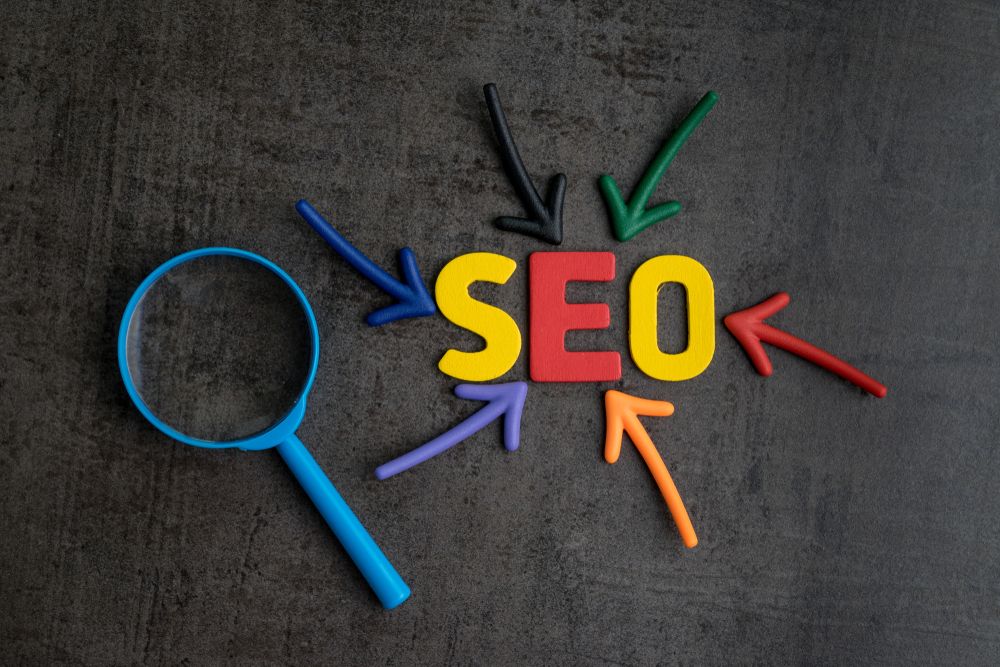
What is SEO?
SEO stands for Search Engine Optimization, which is the process of making your website more visible in search results.
It's a long-term strategy that helps drive traffic to your site and improve its ranking on Google.
SEO isn't just about keywords--it's also about improving the overall quality of content on your site (i.e., creating high-quality content and engaging articles that teach people something) and making sure it has good external links from other sites pointing back at it.
A more complex answer to what is SEO is:
Search engine optimization (SEO) is the process of affecting the visibility of a website or a web page in a search engine's unpaid results—often referred to as "natural", "organic", or "earned" results. It stands against paid search, as it promises organic traffic.
In general, the earlier (or higher ranked on the search result pages), and more frequently a site appears in the search results list, the more visitors it will receive from the search engine's users; these visitors can then be converted into customers.
Unlike Google ads and pay-per-click systems, SEO relies on organic search and organic traffic.

How Do Search Engines Work?
You can't answer what is SEO without delving into how it works. And to understand how search engines work, you need to know how they use algorithms, web crawlers, and user intent.
Search Engine Algorithms
Algorithms are sets of rules that computers use to perform specific tasks. These are the instructions that tell a computer what to do and when.
For search engines, algorithms are a set of formulas that determines the relevance of the web pages to the user's search intent.
The ranking factors determine whether users will see your web pages on the first page or not depending on the quality and relevance of your content and what they searched for.
Web Crawlers
On the other hand, Web Crawlers are programs that scour the internet looking for new websites, which they then index (or catalog).
Sometimes called a spider or spider bot, is an internet bot that downloads and indexes content from web pages all over the internet. Web crawlers create entries for a search engine index.
User's Search Intent
Search engines also look at user intent when determining which results are most relevant: what users want from their searches is sometimes different than what they type into the search box!
For example: if someone searches for "how long does it take my cat to grow hair?", this may be because they think their pet needs its fur trimmed--but they just want info on shedding patterns.

Different Types of SEO
There are many types of SEO:
On-site SEO/On-Page Optimization
The types of things you do on your website to make it more search engine friendly. This includes headlines, meta description tags, and images.
Off-site SEO/Off-Page Optimization
The types of things you do off your web page to help it rank in Google and get more traffic. Ranking factors include things like link building, social media marketing, and blogging.
Black Hat SEO
Methods that break Google's rules or go against their guidelines. These methods often get sites banned from Google, so they're not recommended by search engine optimization professionals.
They include keyword stuffing, cloaking, and using private link networks.
White Hat SEO
Methods that follow Google's guidelines and rules.
White hat SEO is the best way to make sure your web page isn't penalized by Google, but there's no guarantee that it will rank higher than competitors who use black hat methods or other tactics that violate Google's rules.
SEO Copywriting/Content Marketing SEO
Writing relevant content for web pages to get them ranked highly in search engine results in pages and to get a lot of organic search traffic.

What's the Difference between SEO and Pay Per Click?
Search engine optimization (SEO) and pay-per-click (PPC) are two popular methods of advertising on the Internet. Both have their benefits, but they also differ in several key ways.
SEO vs PPC: What's the Difference?
The basic difference between SEO and PPC is how they work.
PPC
PPC advertising works by paying a fee every time someone clicks on your ad. You pay for each click and don't pay if no one clicks on your ads.
SEO
SEO relies on making your website more visible to search engines like Google, Bing, and Yahoo! by improving its rankings in those search engine results pages (SERPs).
When someone searches for something on Google or Bing, the results are generated by a formula that takes into account several factors including how many times other websites link to your site and how many other people visit it. That's why link-building is important.
PPC is an effective way to reach potential customers who have expressed interest in a specific topic or product by searching for it online — something known as "buyer intent." So what makes it so important?
SEO is more cost-effective, but that's not the only part. SEO creates more trust and authority with the consumer and works better on a long-term basis.
PPC can help reach highly-qualified audiences that you may not be able to reach organically through SEO alone because they're more likely to convert into sales than general audience members with little buying intention.
Both have their value, depending on what you need.

Keyword Research for SEO
Keyword research is the process of finding out what people are searching for.
This can help you determine the content you need to create and what keywords you want to use in your marketing efforts.
Keyword research helps you find out what people are looking for on the internet.
It can also tell you how many searches there are each month for specific terms, which allows you to see if there's enough demand for your product or service.
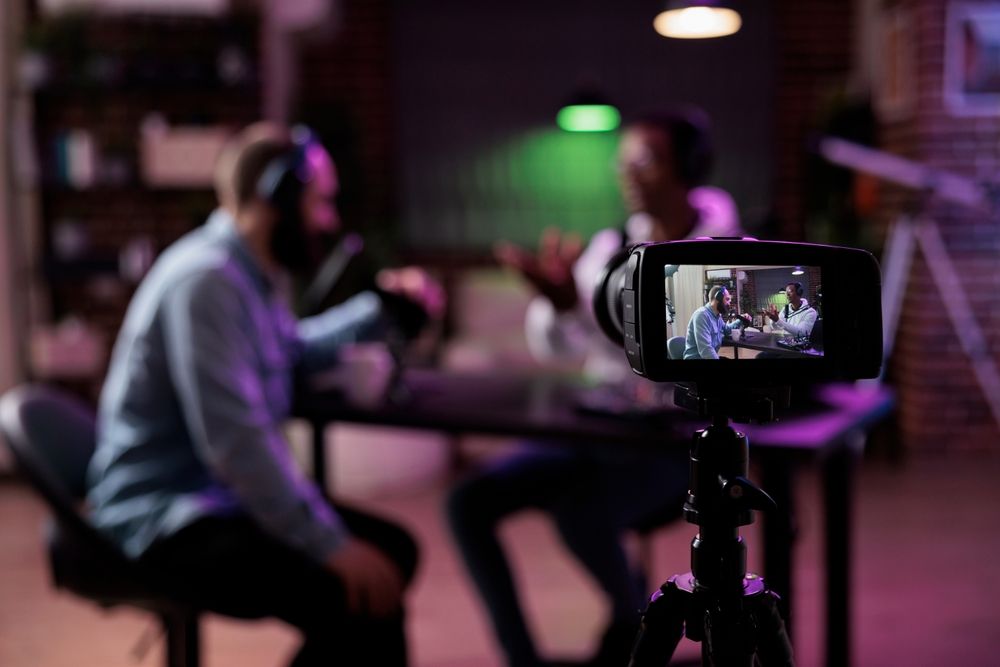
Creating Content for SEO
Here are some tips for creating content that will attract your audience and help you rank in search engines:
Relevant, High-quality Content
Create relevant content that is also unique and readable. Your goal should be to create content that doesn't already exist on the web.
This may sound like a tall order, but you can do this in many ways. For example, if you run an e-commerce site selling pots and pans, then write reviews about the best brands of pots and pans (and include links back to their websites).
Or maybe write articles explaining how certain cooking techniques work or how certain types of food pair together well with different kinds of pottery or cookware (again including links back).
High-Quality Images
And don't forget images--they're important too! You want people who come across your article while searching Google Images so they can see exactly what they're getting before making a purchase decision.
Useful Content
Create useful information instead of just fluffy stuff like "10 Reasons Why You Should Buy From Us Today" type articles without any substance behind them. Create content that is relevant to the consumer's interest and keeps them reading by being useful.
Be Up to Date
Keep all content up-to-date so that readers know what's happening right now rather than hearing about events from five years ago.
Easy Navigation
Make sure visitors can easily navigate through each page without having trouble finding where one section ends and another begins; otherwise, visitors will get frustrated trying to find their way around which could result in lower conversion rates down the road.
Internal Linking and the Power of Crawlability
Internal linking is a key component of search engine optimization (SEO).
Internal links are hyperlinks that point to other pages within your website. They're an invaluable tool for search engines because they help them crawl your site, find new content, and determine what's most important to you.
Internal linking helps both humans and bots navigate through websites more efficiently by creating an intuitive structure for finding information quickly--and this same structure can improve user experience as well! SEO success mostly depends on internal links.
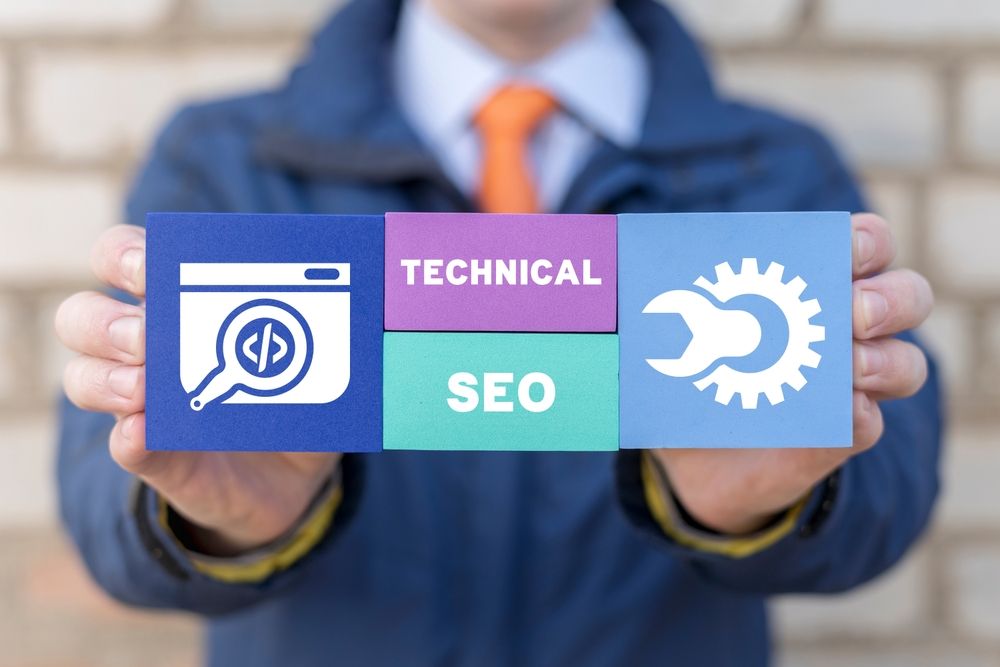
What Is Technical SEO?
Technical SEO is the process of making your site search engine-friendly. This includes:
Using h1 Tags
H1 Tags are used to indicate the title of a page or section of content.
The title tag should be used once per page, and it should be repeated at least once in each paragraph that makes up that page's content (and ideally, at least once for every sentence).
Using alt tags
You should use alt tags for images on your site.
These describe what an image on your site represents. These can also be helpful when it comes time for Google to "read" through your site's code--it will read alt text instead of just looking at pictures!
Include Relevant keywords in titles, Meta descriptions, URLs, and other places
Using keywords correctly is one of the best ways to make your site or web page SEO friendly.
You want the searcher to get relevant results through search queries and the way for them to reach your web pages is for you to consistently use relevant keywords everywhere from title tags to paragraphs.
Use it anywhere that they make sense within the context of what you're trying to say online (but don't overdo it!).
Think about how someone might search for something related to what you have written and try incorporating those words into those areas as much as possible without being spammy/cheesy/overly promotional sounding.
Synonyms
Use synonyms throughout content pages (and image alt text).
It's worth noting that it's not just about using one type of keyword - rather than just "dog" try adding synonyms like "puppy", "canine" etc., which will help improve relevancy for different users searching for different things on Google/Bing, etc., especially if they've got multiple words within their query string (e..g: 'dogs breeds').

How Can You Learn Seo?
You can use this guide to learn about how search engines work and make your site more visible. It has all the SEO basics you need to get yourself organic traffic.
Search Engine Marketing (SEM), another name for SEO, is constantly changing and evolving, so you also need to be up-to-date and use the relevant tools.
The SEO strategy is long-term, so you'll always be learning and improving your search rankings.
SEO can be done for any website or web page but is most commonly used for those that have an online presence, on social media sites, and otherwise.
The goal of SEO is to make it easier for users to find your content by increasing its ranking in Google's search results. And to do it without you paying the major search engines directly.
This will help you attract more visitors who are looking for what you offer and convert them into customers or subscribers!
What Are Some SEO Tools?
When you're ready to start your SEO campaign, you'll need a toolkit.
Now, this doesn't mean that you need to buy expensive software or hire a team of experts. You can use free tools and services to get started with SEO.
Here are some of the best, including free and affordable tools.
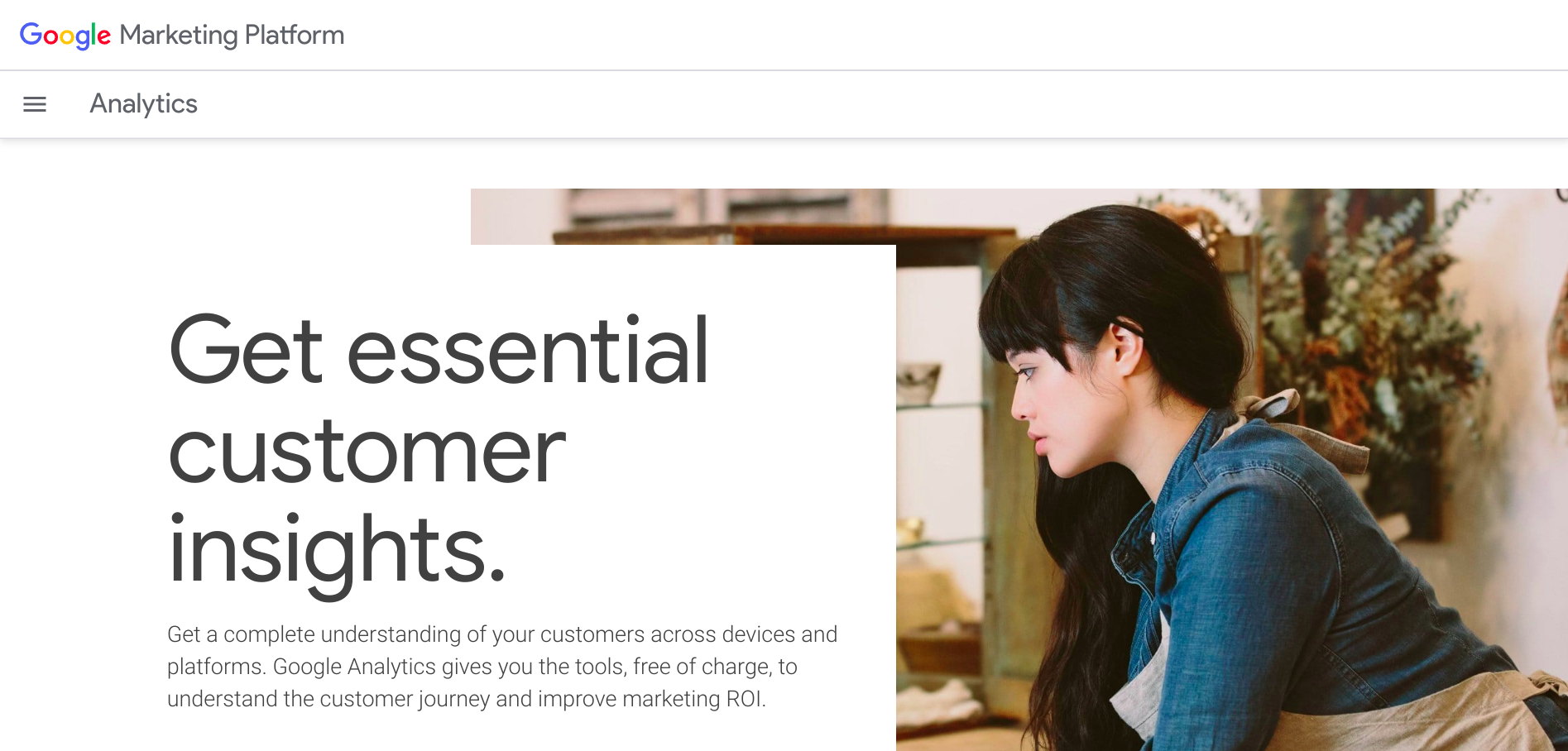
Google Analytics
Google Analytics is a web analytics service offered by Google that tracks and reports website traffic.
Google Analytics is mainly used for internet marketing purposes; it provides basic statistics about visitors such as where they came from, what their preferred screen resolution was that they used when visiting your site, what pages they visited on your site, how long they stayed on each page etc.
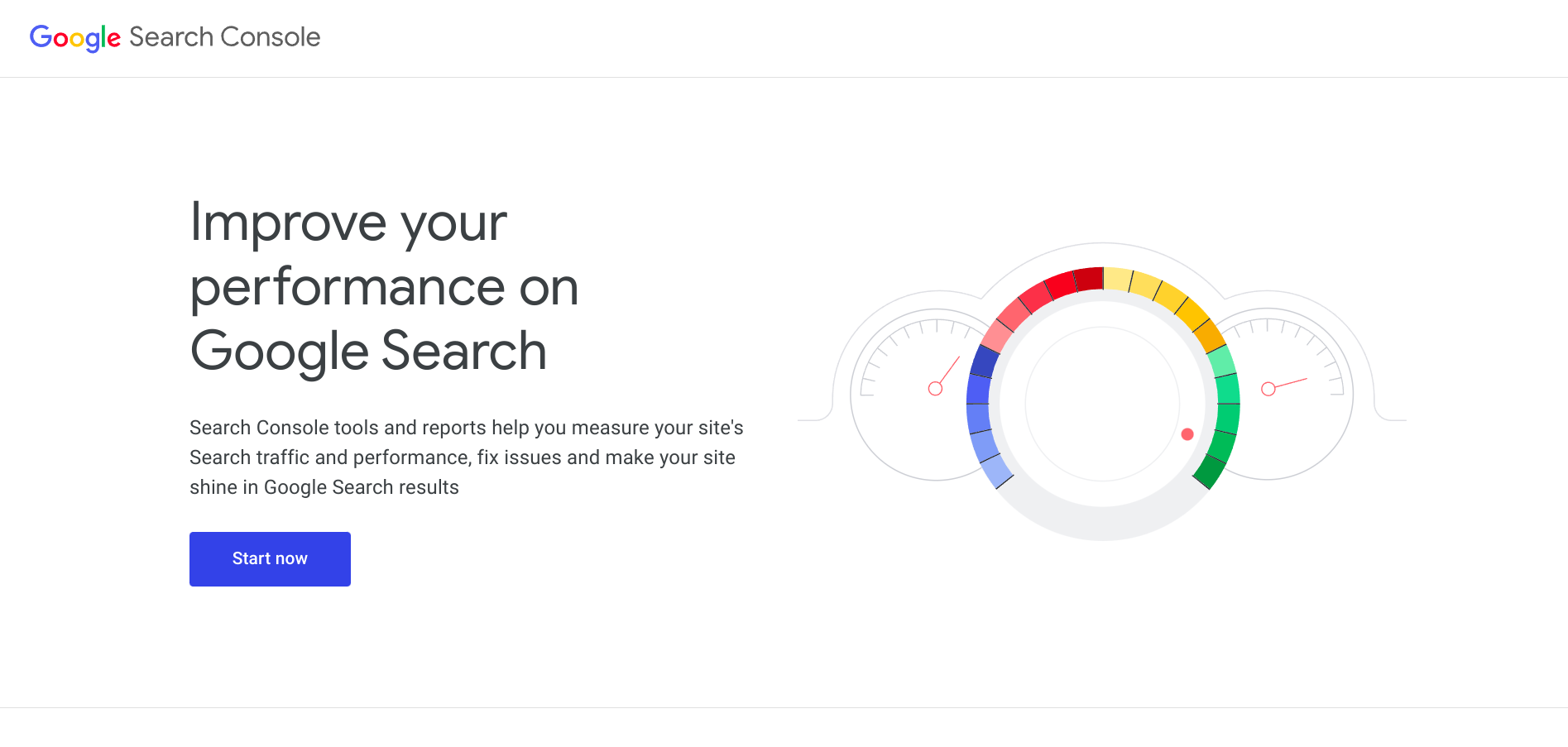
Google Search Console
Google Search Console is another free tool by Google. It offers your rankings and traffic reports. It's very helpful to improve your content to get more organic search traffic.
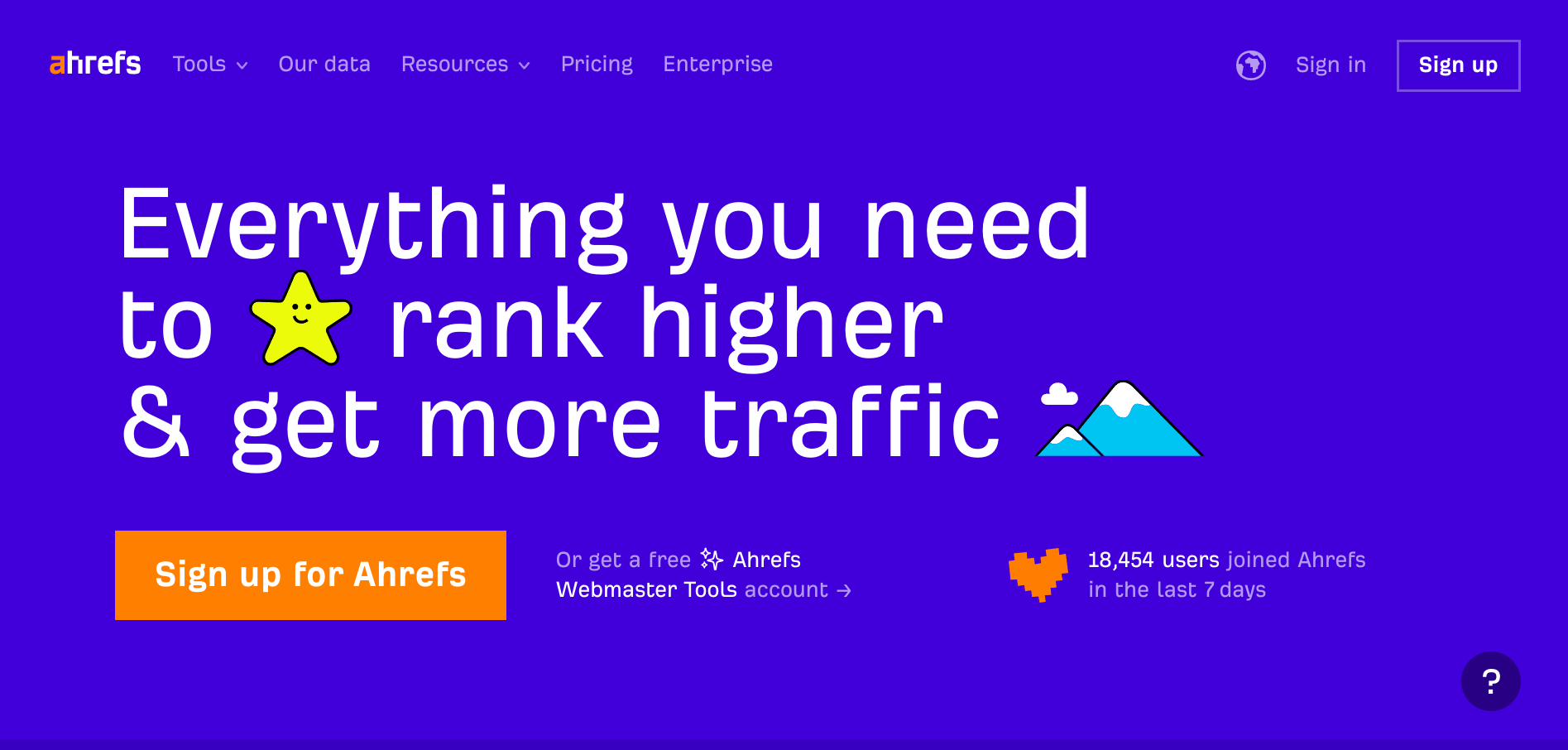
Ahrefs
Ahrefs is an all-in-one SEO toolkit with amazing features like backlink analysis which helps you find broken links on your site that may lead to 404 errors.
And keyword research feature which helps you find keywords related to your business that can help you rank higher in search engine results.
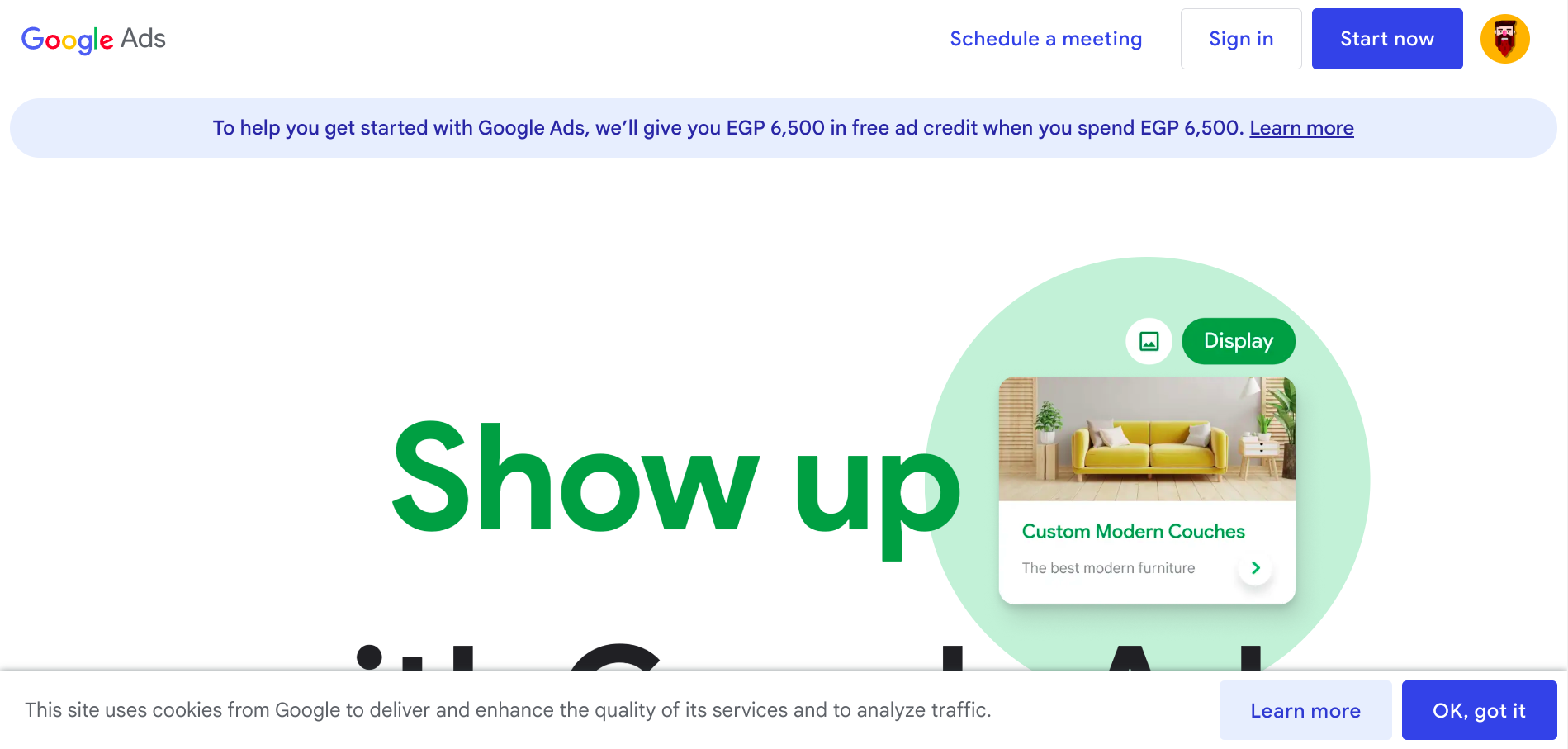
Google's Keyword Planner
It's a keyword research tool that makes it easier to find the search terms and use them in your content to rank higher.
AdWords' Keyword Tool
Another keyword research tool that makes it easier to rank your content higher.
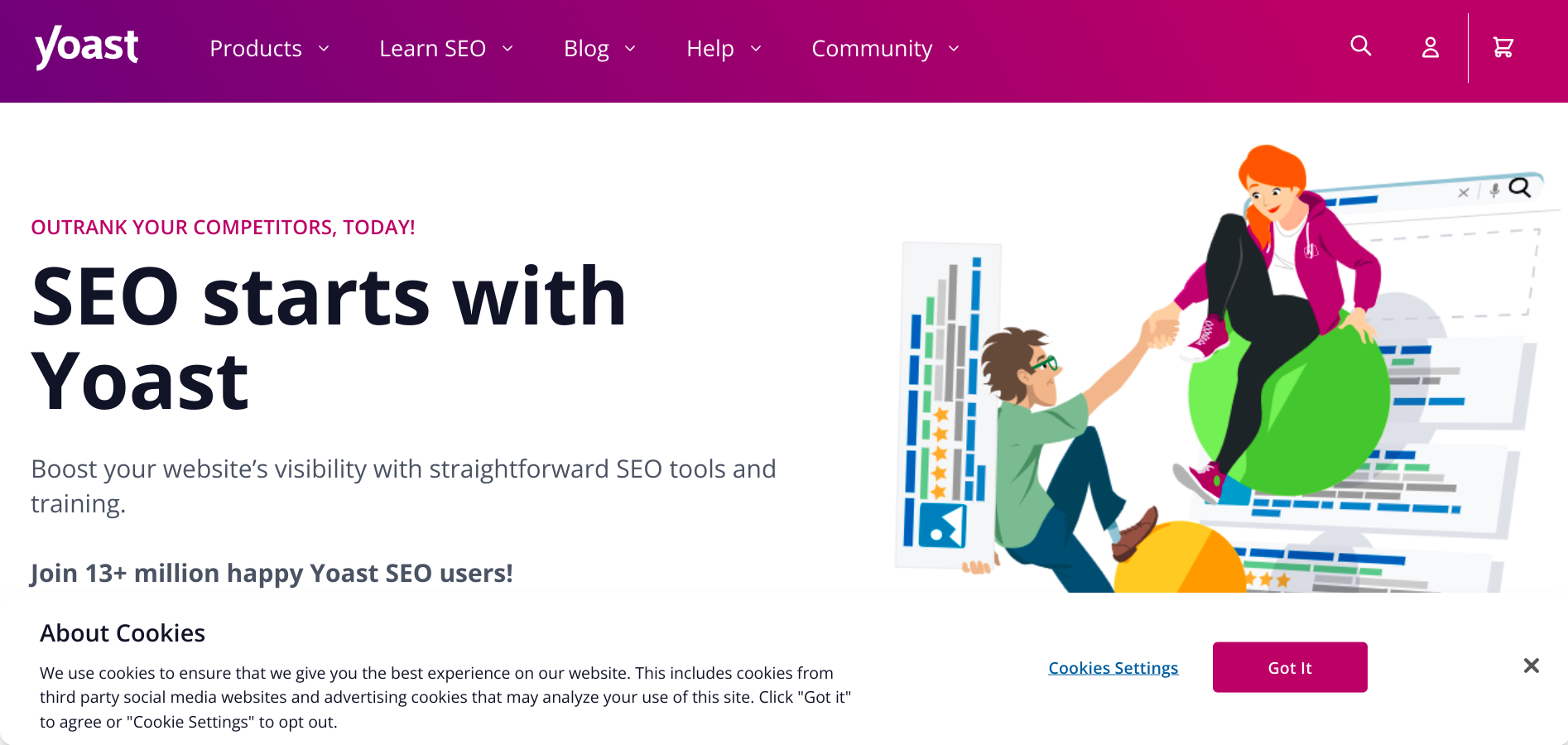
Yoast
Yoast helps you create SEO-friendly content by adding metadata and keyword density. This helps search engines know what your page is about and rank it higher on the results page.
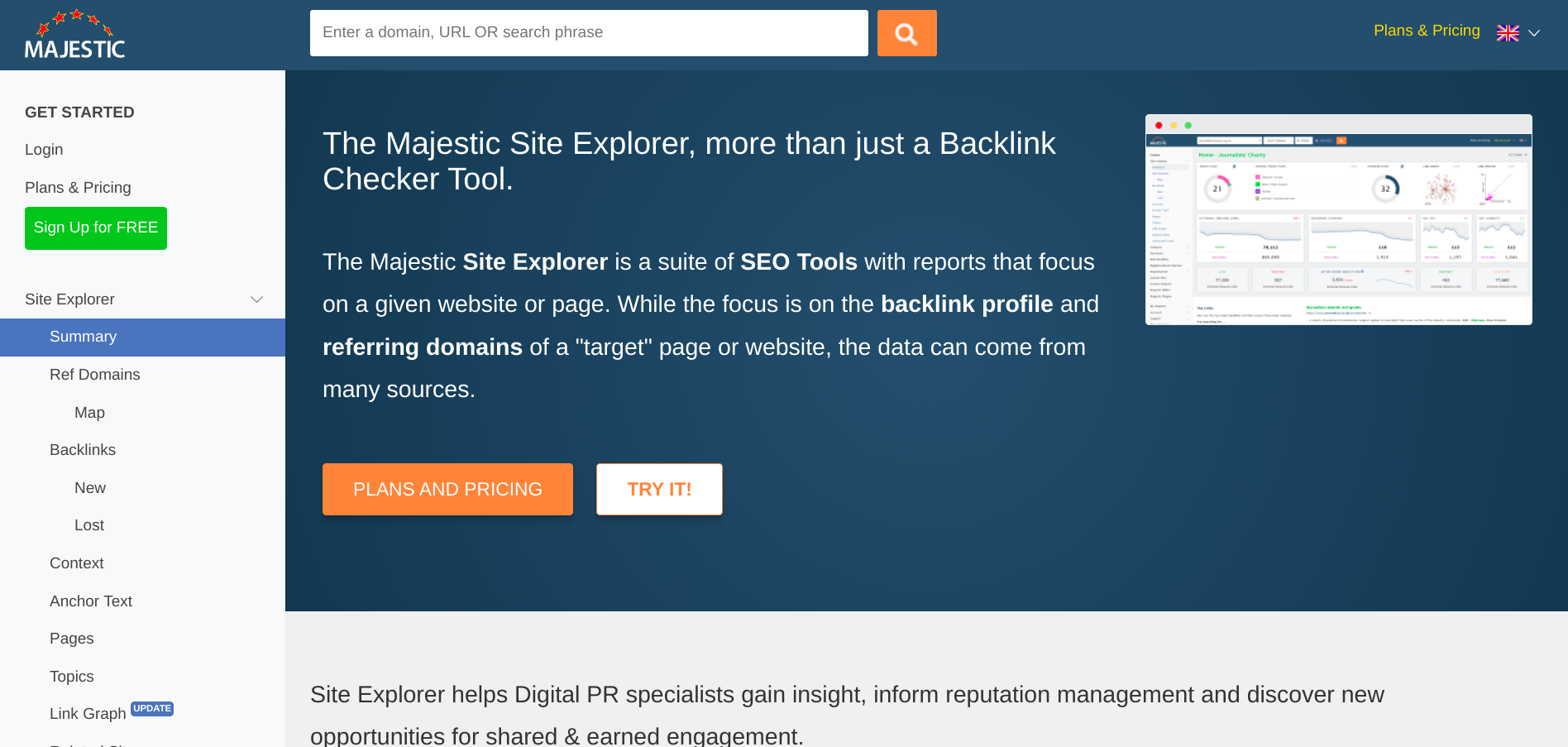
Majestic Site Explorer
A backlink checker that tells you which websites link to your site gives you an idea of how popular your content is with other sites.
Backlinks are one of the most important factors in ranking well in search engines, so knowing which sites link back to yours can be very helpful when optimizing content for certain keywords.
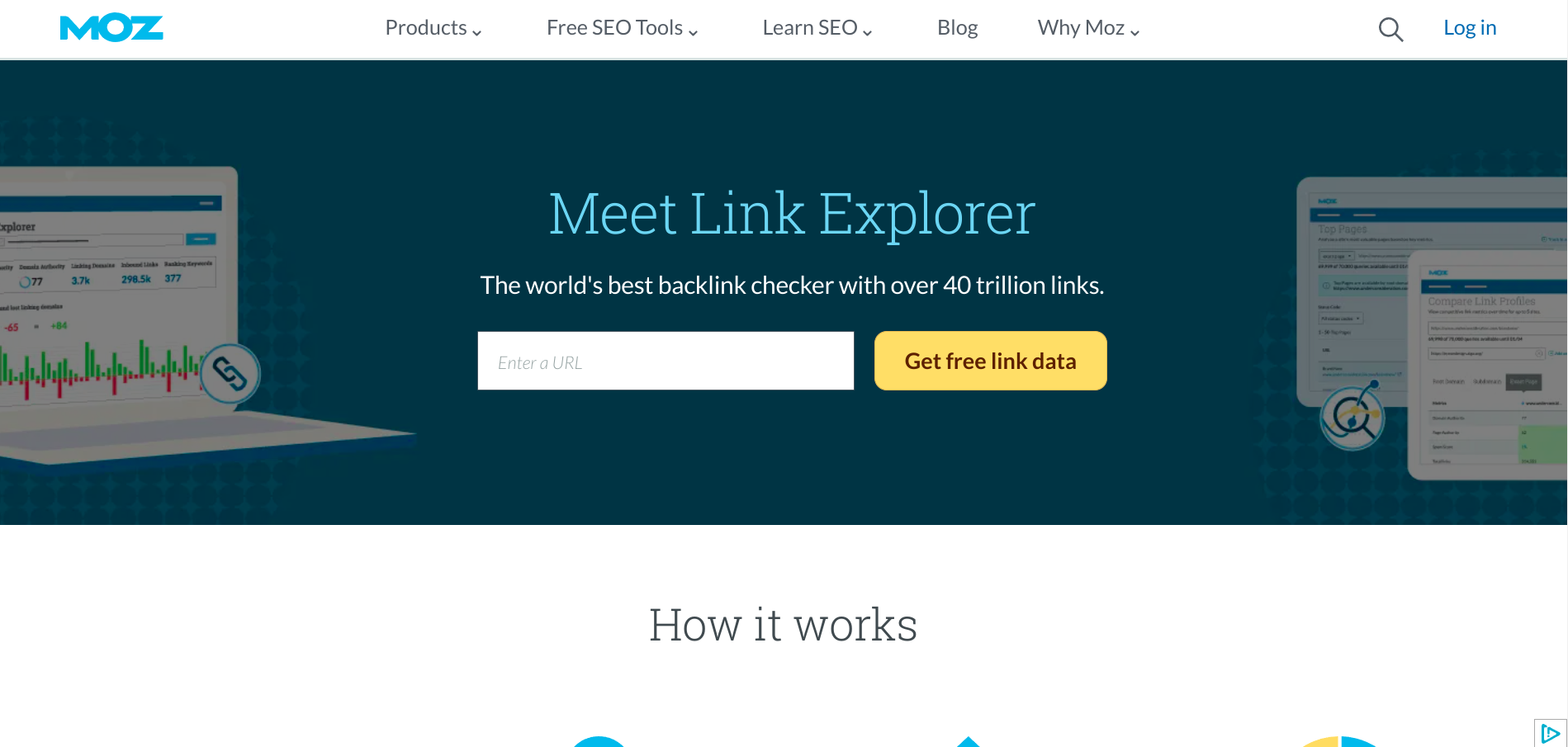
Moz Open Site Explorer (OSE)
It allows you to find out who's linking to your competitors' websites and how much authority those links have.
It also provides information about your website such as where people are linking from, who's linking to your content, and how much authority each link might have.
It also allows you to view information about the number of times people have clicked on your links so you can make sure they're being utilized properly or not being used at all!
SEMrush
Another excellent keyword research tool.
It also has a backlink analysis tool that gives you more information about your competitor's link-building strategy.
How can you keep up with the latest developments in SEO?
To keep up with the latest developments in SEO, you need to stay abreast of Google's algorithm updates and listen to what other people are saying about them.
Google updates its algorithms frequently, so you must understand what these changes mean for your website.
You can use tools like Mozcast or SERPs Rank Tracker to monitor how Google changes its rankings for keywords related to your business over time.
If you notice a drop in rankings after an algorithm update, look into whether other websites have also experienced drops--and if so, how they've responded by making changes on their sites.
You should also keep an eye on competitors' SEO strategies: What types of content do they produce? How often do they publish new articles? Are those articles meant only as links back or do they provide valuable information as well?
Content marketing, social media, and SEO are the three pillars of any digital marketing strategy. SE0 strategy unfolds over a long time but is always rewarding.
Content marketing is the process of creating content to attract and retain customers. The goal is to attract customers by providing them with valuable information that they can use and share.
This helps build trust and authority in your brand. Social media can be used as an effective way to distribute this content.
SEO (search engine optimization) is the practice of optimizing a website’s content, code, and online behavior to improve its visibility in search engines.
SEO helps visitors find your site when they look for something specific on search engines like Google, Bing, and Yahoo. Without SEO, it would be very difficult for people to find you on the web because no one would be able to find your website when they type in search terms related to your products or services.
So you can see how SEO goes hand in hand with those other digital marketing types. Hopefully, this guide has helped you understand the basics of SEO and how it can help your website.
Keep up with our blogs at Davidrivero.com to always learn new things about business and be up to date with all the digital changes and what they mean for your business.